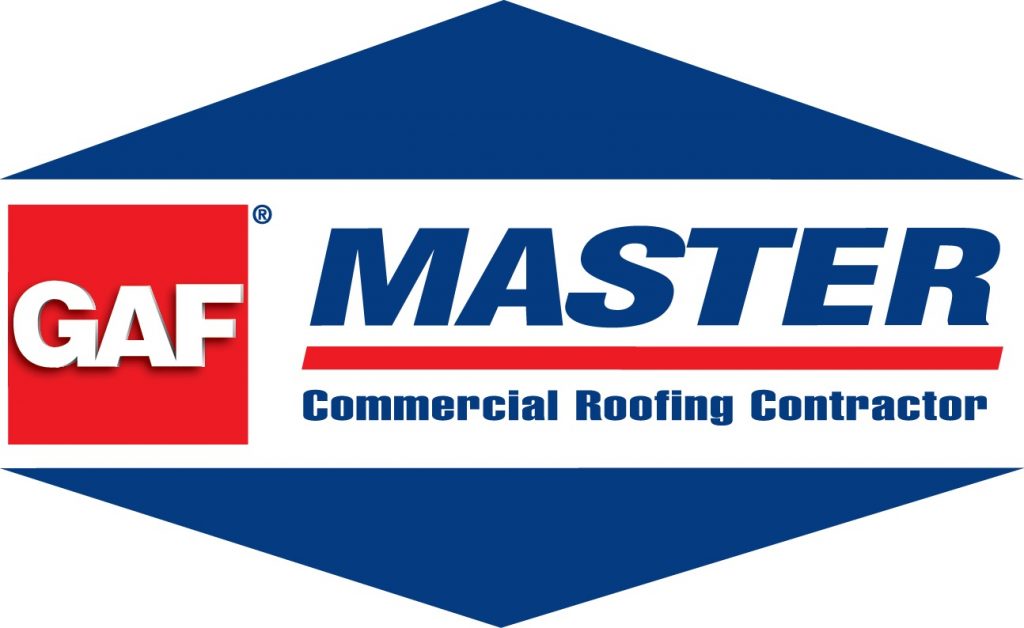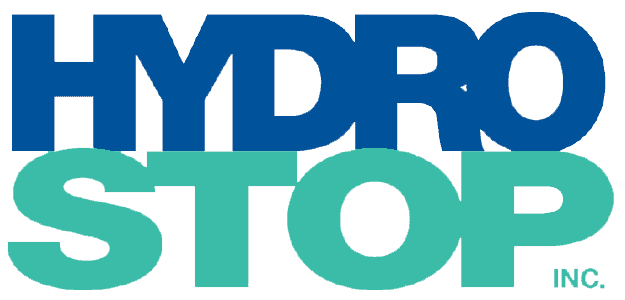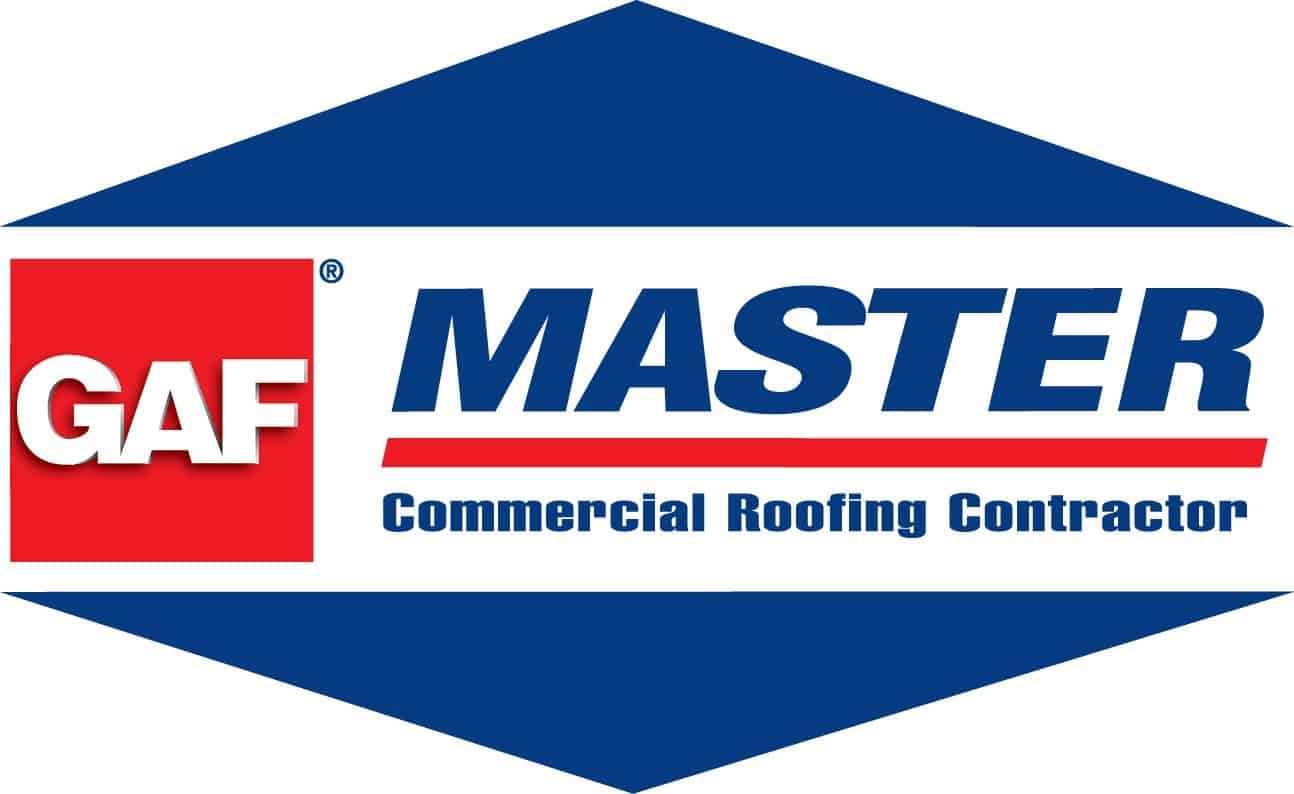Low-Slope Roofing – Flat Roofing Systems
Outer Banks NC – Elizabeth City NC – Tidewater VA
Home or Business Flat Roof Installation
A flat roof is a type of roof that is characterized by a horizontal or nearly horizontal surface. Flat roofs are common on commercial and industrial buildings, as well as some residential structures. Flat roofs are relatively easy to install and maintain, and they can be made from a variety of materials, including asphalt, rubber, and metal.
Low-slope roofs, on the other hand, are roofs that have a slope of less than 3 inches per horizontal foot. Low-slope roofs are also called gently sloping roofs or low-pitch roofs. They are often used on residential buildings, and they can be made from a variety of materials, including asphalt shingles, metal, and rubber. Like flat roofs, low-slope roofs are relatively easy to install and maintain, and they can be a cost-effective roofing option for certain types of buildings.
PVC Roof Systems – Click for more Information
(PVC polyvinyl chloride) is a molecule comprised of carbon, hydrogen and chlorine. When heated sufficiently, PVC temporarily changes from a solid to a semisolid state. At installation, seams are heat welded together creating one continuous membrane. At Gallop Roofing & Remodeling, Inc, we install a PVC single-ply membrane manufactured by IB & GAF Roof Systems .
TPO Roof Systems – Click for more Information
TPO roof membranes are a blend of polypropylene (PP) and ethylene-propylene rubber (EPR) polymers. The chemical and physical characteristics allow the single-ply membrane to repeatedly soften when heated, and harden when cooled. Also, because of their chemical nature, seams are heat-welded with hot air. Some TPO membranes are soft and flexible, while others are rigid, although all TPO membranes have positive physical properties, such as heat aging, cold temperature flexibility, puncture resistance, and tear strength, read the Roof Replacement & Repair Guide for more info. At Gallop Roofing & Remodeling, Inc, we install TPO manufactured by Versico & GAF Roofing Systems.
EPDM Roof Systems – Rubber Roofing
EPDM is elastomeric compound synthesized from ethylene, propylene and a relatively small amount of diene monomer, from which a flexible rubber matrix is formed. This synthetic rubber material can be formulated with great flexibility for use as membrane sheet roofing. Generally EPDM is manufactured as vulcanized (cured) membrane, although no vulcanized (uncured) EPDM is used as detailing and flashing material. Seams are typically sealed with tape or liquid-applied adhesive. At Gallop Roofing & Remodeling, Inc, we install EPDM manufactured by Versico & GAF Roofing Systems.
Built Up Roof System – Click for more Information
Built up roof membranes, referred to by the acronym BUR, have been in use in the U.S. for more than 100 years. These roof systems are commonly referred to as “tar and gravel” roofs. BUR systems generally are composed of alternating layers of bitumen and reinforcing fabrics that create a finished membrane. The reinforcing fabrics also are called roofing felts or ply sheets. The bitumen typically used in BUR roof systems is asphalt, coal tar or cold-applied adhesive. Surfacings for built up roof systems include aggregate (such as gravel, slag or mineral granules), glass-fiber or mineral surfaced cap sheets, hot asphalt mopped over the entire surface, aluminum coatings or elastomeric coatings.
Modified Roof Systems – Click for more Information
This type of roofing is an evolution of asphalt (Built-Up) roofing. It is made from asphalt and a variety of rubber modifiers and solvents. There are several ways of connecting pieces of this material. In a heat application process the seams are heated to melt the asphalt together and create a seal. There is also hot-mopped application, similar to how conventional built-up roofs are installed. Cold-applied adhesives and self-adhesive membranes are two of the more recent options. This material is also referred to as APP, SBS, and SEBS










